 |
| A general view before the start of UFC 249 at VyStar Veterans Memorial Arena in Jacksonville, Florida on May 9, 2020. Cooper Neill for ESPN |
Editor’s Note: Some of the photographs in the interview below are graphic due to the violent nature of mixed martial arts events. Proceed accordingly.
With the world all but paused due to the ongoing COVID-19 pandemic, most sporting events have either been delayed or downright canceled. Some sports, however, are allowing events to continue taking place, albeit with minimal personal, very proactive testing and—most interestingly—no audience.
One such event was the mixed martial arts event UFC 249, which took place on May 9, 2020 at VyStar Veterans Memorial Arena in Jacksonville, Florida, United States. Only a few photographers were allowed to document the unprecedented event, one of whom was Cooper Neill, a freelance photographer from Dallas, Texas, who on assignment at UFC 249 for ESPN. We had a chance to talk with Neill about what it was like to shoot such an unusual event. Below is the interview, edited for clarity, as well as a selection of images from the event.
How many photographers were allowed to be there and how were they chosen?
For UFC 249 there were only 4 photographers cageside (Getty, Associated Press, USA Today and myself working for ESPN) along with the UFC photographer who is in a fixed position on top of the Octagon. I’m sure they had other folks apply for credentials but given the small space of the Octagon there aren’t many photo positions to begin with so I’m assuming numbers were limited to make sure folks are able to properly social distance themselves as best as they could.
 |
| A general view during UFC 249 at VyStar Veterans Memorial Arena in Jacksonville, Florida on May 9, 2020. Cooper Neill for ESPN |
What precautionary measures were taken for yourself, the other photographers, as well as the fighters and other participants?
I showed up with a mask, gloves, hand sanitizer, sanitizing spray w/ paper towels and alcohol wipes to wipe down my equipment. I stayed at the same hotel as the UFC staff so I was given a nasal swab test for Covid-19, an antibody test and regular temperature checks including one to get into the arena on fight day. I’d assume the other folks in the building did the same – I saw a few folks with goggles on and some with face wraps that offered more coverage than the masks.
 |
| Henry Cejudo fights against Dominick Cruz during UFC 249 at VyStar Veterans Memorial Arena in Jacksonville, Florida on May 9, 2020. Cooper Neill for ESPN |
Was it more difficult to shoot with the PPE and having to constantly sanitize? Also, did you have to stay further away from the athletes than you normally do?
The extra PPE really didn’t make a difference for me. If I were wearing goggles they would have fogged up which is why I opted not to. There was time between fights for me to make sure my area was clean, the UFC staff would sanitize things between fights as well and then I’d sit down and transmit a few photos from the previous fight to my editors at ESPN. We are already a good distance away from the athletes and I think everyone in the arena was very aware and respectful of people’s personal space. With so many fewer people there was more space to operate which was super helpful as well.
 |
| Anthony Pettis throws a kick against Donald Cerrone during UFC 249 at VyStar Veterans Memorial Arena in Jacksonville, Florida on May 9, 2020. Cooper Neill for ESPN |
Did you have to change how you photographed the event and did you take photos any differently than you normally would’ve?
Yes and no – I always show up to events looking to tell the story of the event as a whole and not just the action – so in that way I approached things the same way I do the NFL playoffs or World Series. On the other hand there was an equal if not greater interest in UFC 249 because of what’s going on in the world than the actual fights so I probably sent in more scene-setting and storytelling images than I normally do because in my opinion that was more important than most of the fights.
 |
| Joe Rogan interviews Calvin Kattar after his win during UFC 249 at VyStar Veterans Memorial Arena in Jacksonville, Florida on May 9, 2020. Cooper Neill for ESPN |
Was it weird actually being able to hear your shutter click when you’re probably used to it being drowned out from crowd noise?
Sony user here so I’m used to not hearing the shutter – but having the event in an empty arena was a big change. Not having a pop from the crowd after a big punch really changed the environment and feel of the event. On the other hand it was really cool being able to hear both fighters coaches giving instructions, the fighters talking to each other between rounds and the commentators doing their play by play which are all things that are usually downed out by the crowds.
 |
| Niko Price has talks with Vicente Luque after losing his fight during UFC 249 at VyStar Veterans Memorial Arena in Jacksonville, Florida on May 9, 2020. Cooper Neill for ESPN |
Did the athletes seem to have a different type or amount of energy compared to previous events you’ve shot?
I don’t think they’d admit it but I think there was a different energy – not a bad thing – but different. In my opinion the fighters were much more relaxed than they normally are with significantly less distractions in and around the arena. The intensity was definitely still there.
 |
| An arena employee watches the fights on a tv in the concourse during UFC 249 at VyStar Veterans Memorial Arena in Jacksonville, Florida on May 9, 2020. Cooper Neill for ESPN |
Overall, what were the pros/cons of shooting an event in an empty arena?
Pros – cleaner backgrounds, easier on your ears and more space to work
Cons – no fan interactions with fighters and no fan reactions
 |
| Justin Gaethje throws a punch against Tony Ferguson during UFC 249 at VyStar Veterans Memorial Arena in Jacksonville, Florida on May 9, 2020. Cooper Neill for ESPN |
Do you see more empty-venue events taking place the remainder of the year? If so, what did you learn from this event that will change how you shoot other fan-less events going forward?
From what I’ve read it looks like most if not all pro sports are planning on moving forward with empty arenas for a good while. The thing that I’m curious about is how they manage media access in everything. Football games have 50+ photographers on the field roaming the sidelines close to each other and the players – it’s hard to imagine that happening in a few months. I think it’s realistic to imagine 50% less credentialed photographers for most sporting events in the future just to allow folks to socially distance themselves better.
 |
| A member of the UFC crew cleans the Octagon between fights during UFC 249 at VyStar Veterans Memorial Arena in Jacksonville, Florida on May 9, 2020. Cooper Neill for ESPN |
What gear were you packing and why did you choose the camera/lenses you did for this particular event?
I used 2 Sony a9s with a combination of a 70–200mm f2.8, 16–35mm f2.8 and 400mm f2.8. The majority of the images were made with the 70–200 but used the others to get some wide or super tight images.
 |
| Justin Gaethje celebrates after defeating Tony Ferguson during UFC 249 at VyStar Veterans Memorial Arena in Jacksonville, Florida on May 9, 2020. Cooper Neill for ESPN |
Do you have any pieces of parting advice for photographers looking to make the most of this unprecendented time where work can be sparse and what work they might get will be different than usual?
Find something you’re interested in and experiment on different ways of photographing it. If nothing else, this whole situation has given us some time to retool, learn and create new ways of looking at things.
Finally, where can readers find your work and keep up with what you’re doing?
www.instagram.com/CooperNeill
www.CooperNeill.com
Photo credits: Photographs by Cooper Neill for ESPN, used with permission
Articles: Digital Photography Review (dpreview.com)



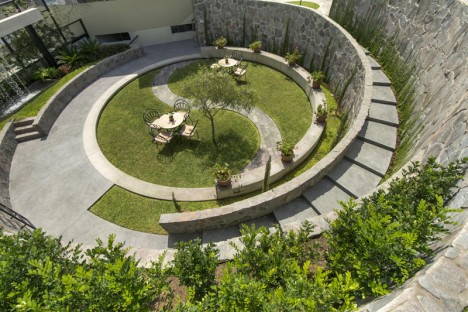
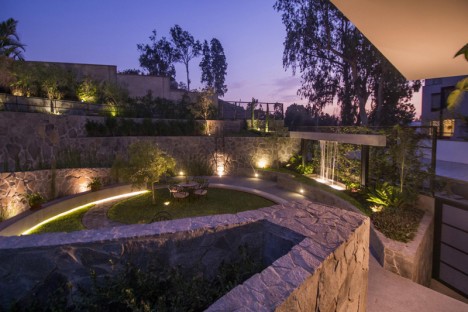

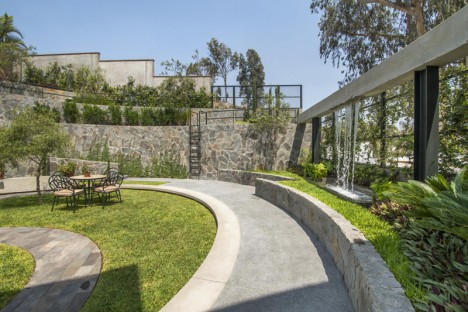
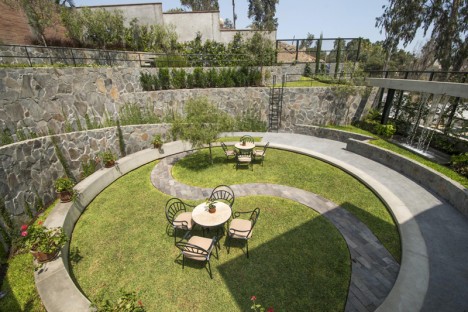
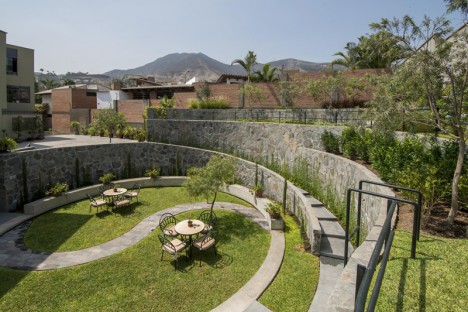
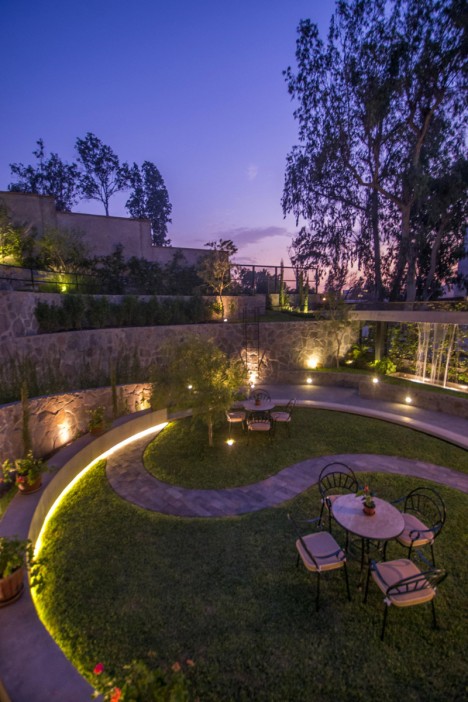
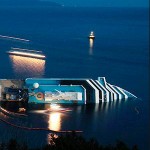
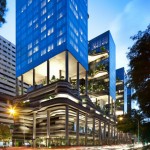
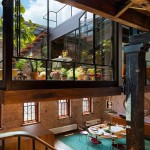




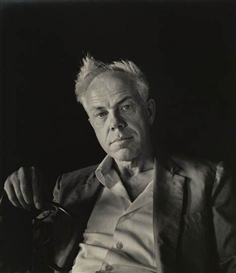
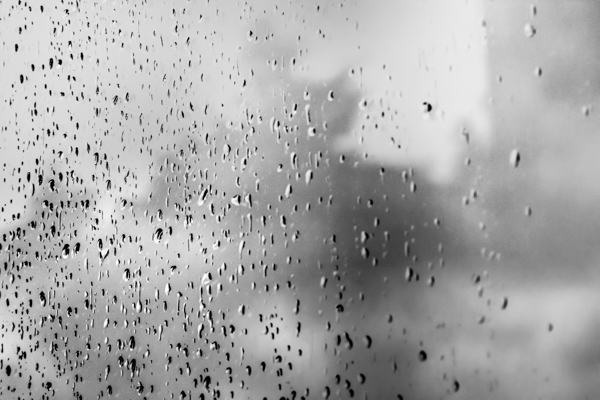
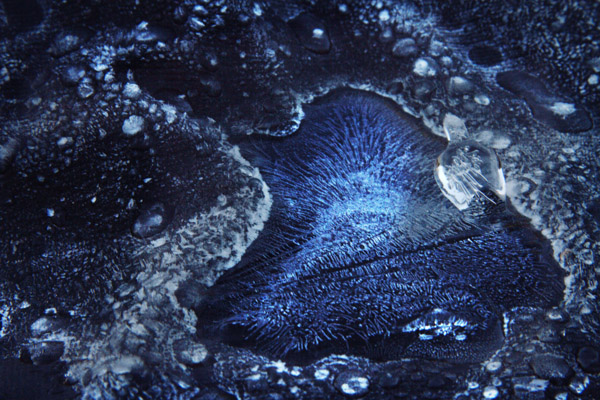
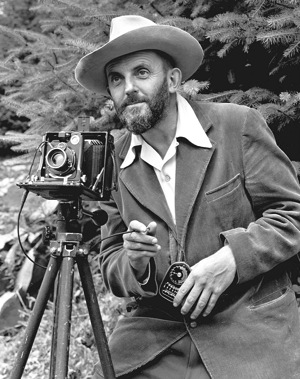
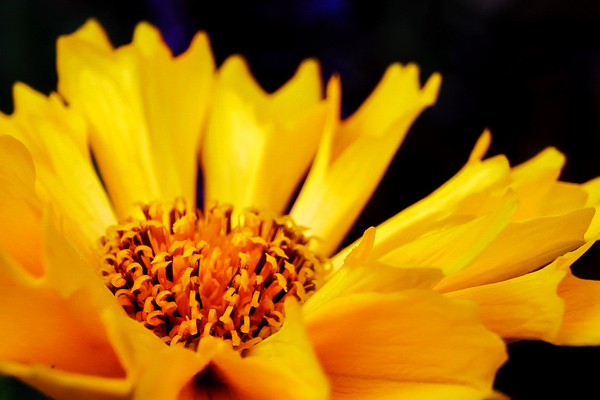

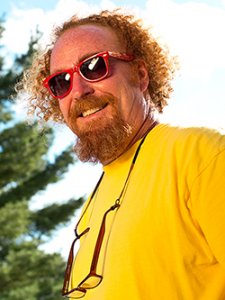


You must be logged in to post a comment.